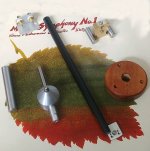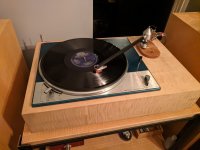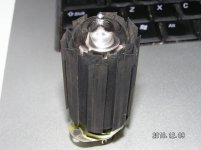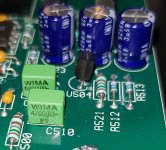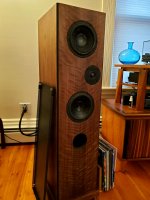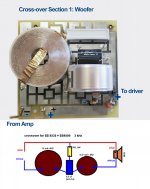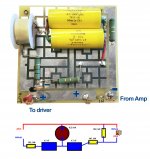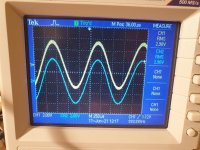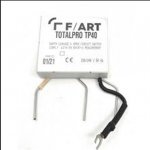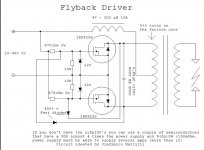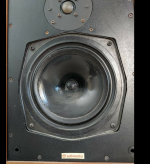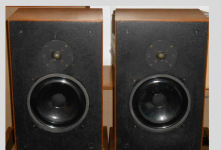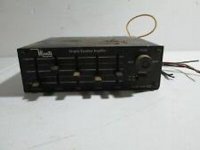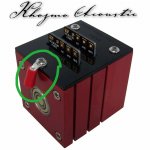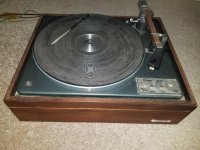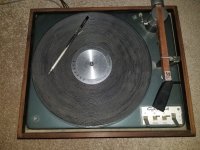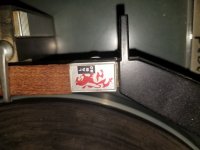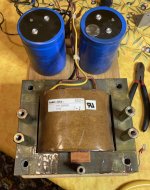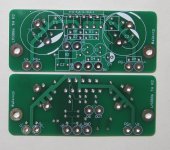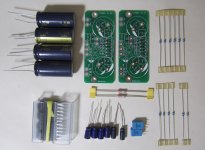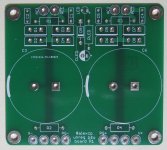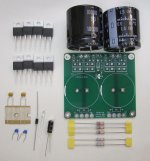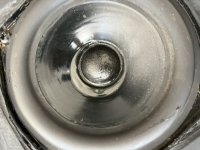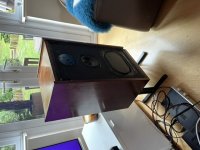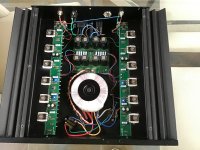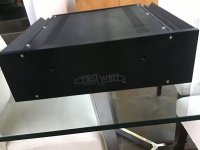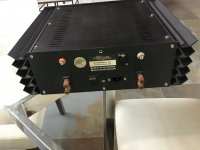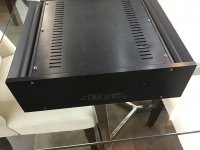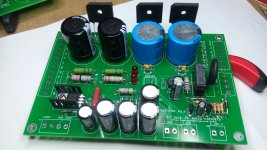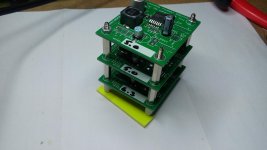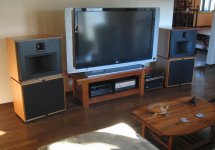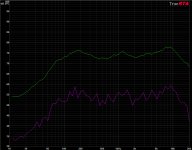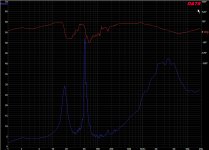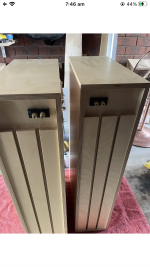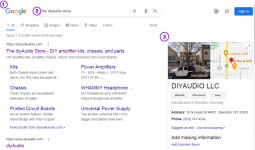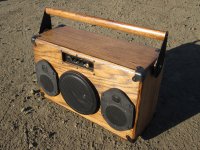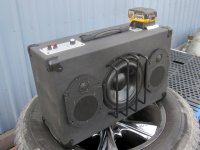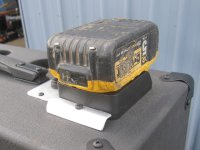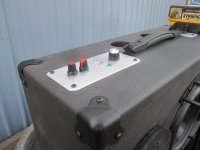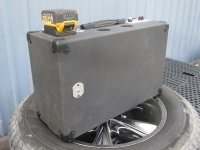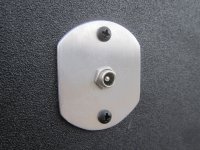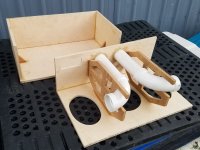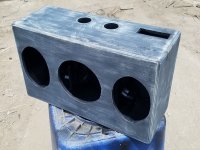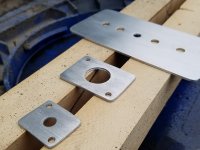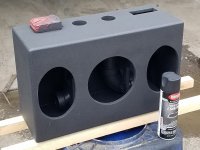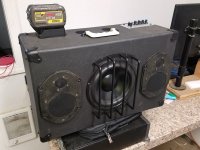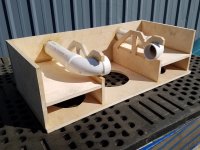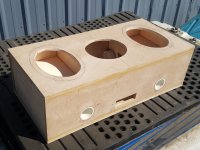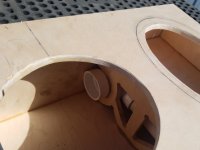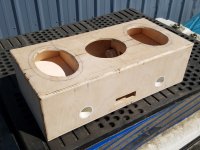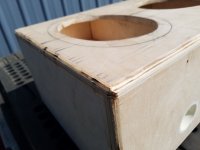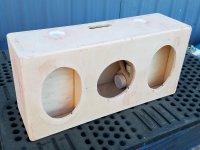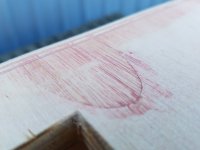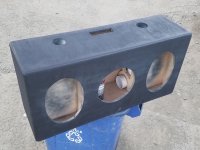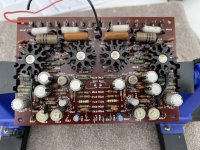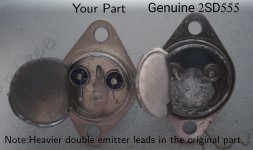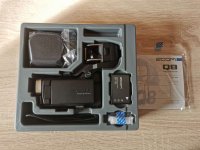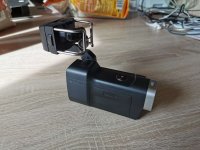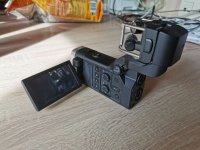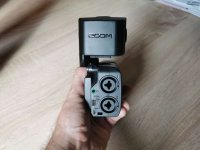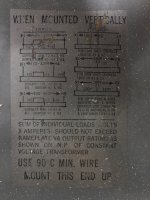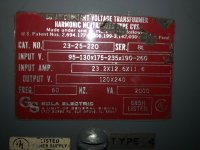I'll try and keep this succinct but a little background: Last year I built what might be termed some "inspired by" ProAc 3.5 clones. 98% of the time: best speakers I've ever had! 2% of time, less so and I'm looking for some insight.
I say inspired by because:
1. I put a great deal more effort into taming cabinet resonance than the originals, which were fairly conventional (all sides use multiple material layers and the front and back walls are thicker than the originals).
2. I used drivers that were as close as possible, but knowing that ProAc had their own drivers customized, it was never to be an identical match.
3. I used very high quality cross-over parts and the general design is based on some classic ProAc 2.5 clones (ProAc claimed they used the same cross-over in both the 2.5 and 3.5). On paper the cross-overs I used looked be a good match for the drivers: two Scanspeak 18W 8545k mid/woofers and a ScanSpeak Revelator D2905/9900-00 1" Tweeter. (Note that the design shows the 8535 but both drivers have the same reccomended cross-over point among other similarities)
The Good: In almost all cases these things sound great! Tight clean bass down to 30hz (though they start rolling off at 40hz). Mids sound warm and natural and plenty of detail in the highs. They can rock hard and yet a female vocalist with guitar sounds delicate and nuanced.
The Problem: At the very upper end of the 8545K's range they are getting some signicant breakup during very particular loud passages. Think: the upper register of a piano being pounded on top of a jazz band that's really jamming out. Or certain sections of a classical symphony or many voices in a choir.
It's
not coming from the tweeter; it's absolutely the mids. I'm not over driving the speakers, and the amp is Krell KAV300i (fully class A with plenty of power). I have another system in a different room for surround that, although good, is half the system my dedicated stereo is, and I don't get any noise at all (it also doesn't sound anywhere near as real either).
This issue is not all the time either. I can listen to a dozen albums and not hear a thing, but then, certain tracks (or sections) will make it jump out like crazy. Also, when I do test tones: nothing seems obviously amiss there either, but when it shows, it's impossible to ignore.
Intuition says it is almost certainly that the mid/woofers needs to be crossed over at a lower point. Is there a way to do so without a complete redesign? I assume there must be? I know there are software Sims to use for stuff like this, but to be honest I'm not sure where to start. Plus, this is already built... Thus if anything immediately jumps out to those here with more experience, it would be a huge help!
Thanks!
Note:
Probably the tweeter cross-over point will need adjustment too of course, but as they are on seperate boards I'm inclined to address one thing at a time (if possible). Below is the cross-over for the tweeter (again the driver spec.s out as compatible but is a higher end model).
